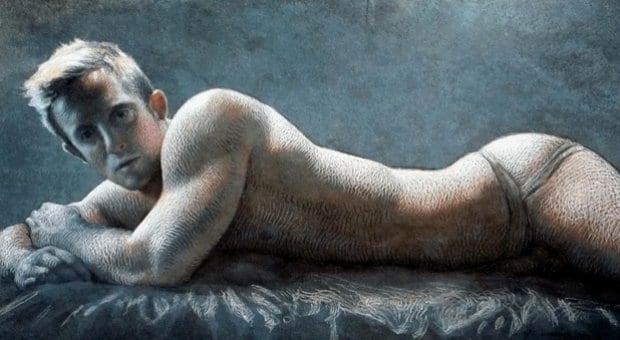
Derek Recline, by Todd Yeager. Credit: Capolavoro
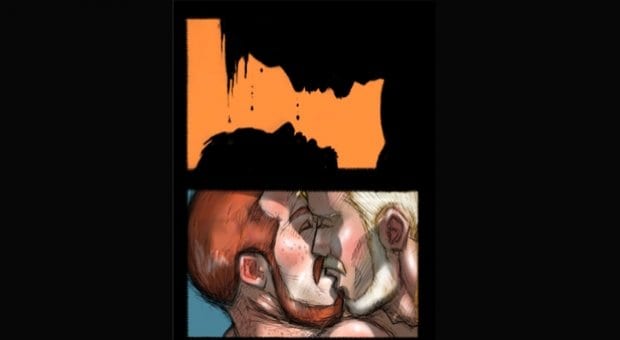
Duality, by Butch McLogic. Credit: Capolavoro
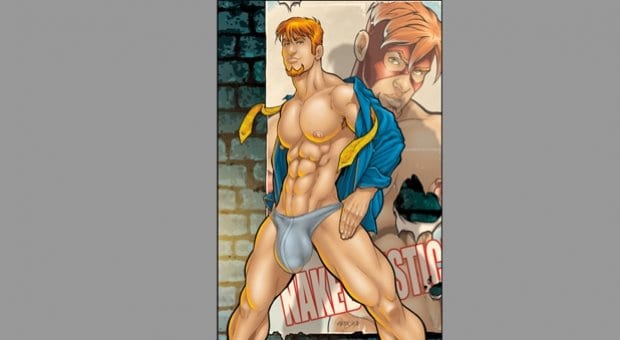
Felix Himner, aka Naked Justice, by Patrick Fillion. Credit: Capolavoro
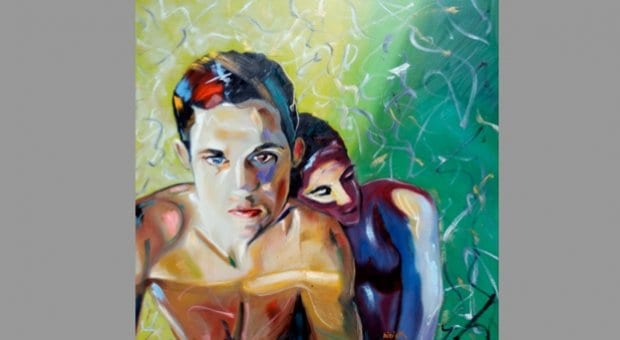
Happy Together, by Claudio Bindella. Credit: Capolavoro
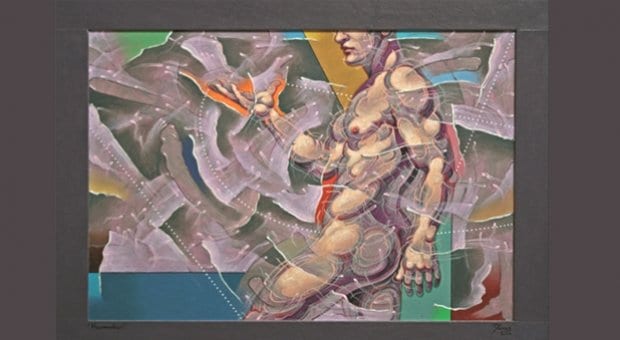
Harmodius, by Manolo Yanes. Credit: Capolavoro
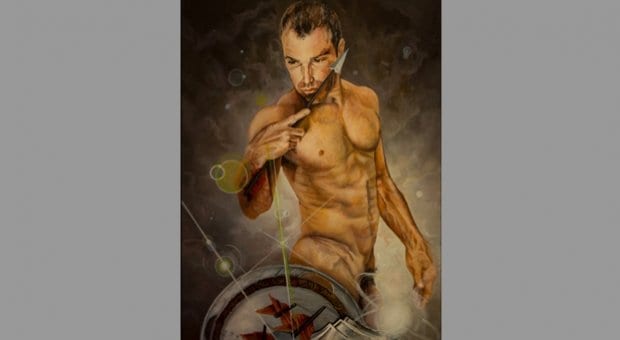
Hesitant Surrender, by Thomas Acevedo. Credit: Capolavoro
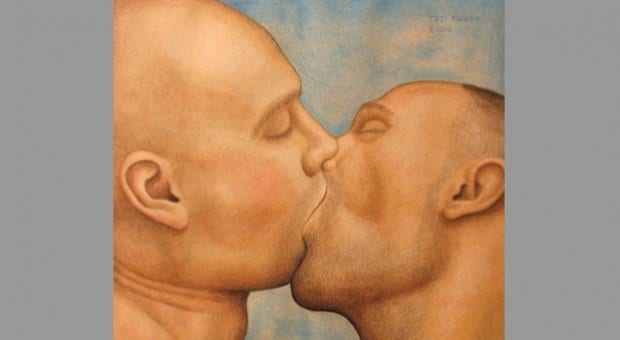
Kiss, by Ted Fusby. Credit: Capolavoro
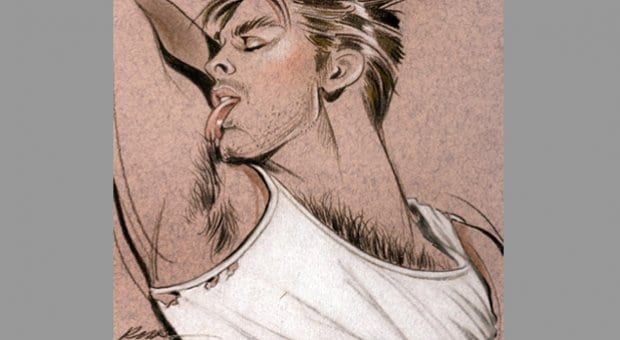
Lick, by Robert Richards. Credit: Capolavoro
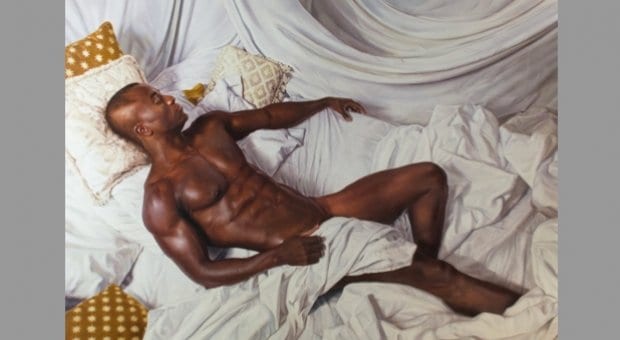
Reclining Nude, by Victor Gadino. Credit: Capolavoro
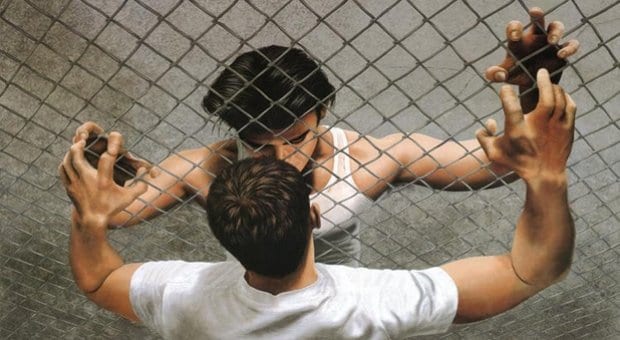
Romeo and Julio, by Steve Walker. Credit: Capolavoro
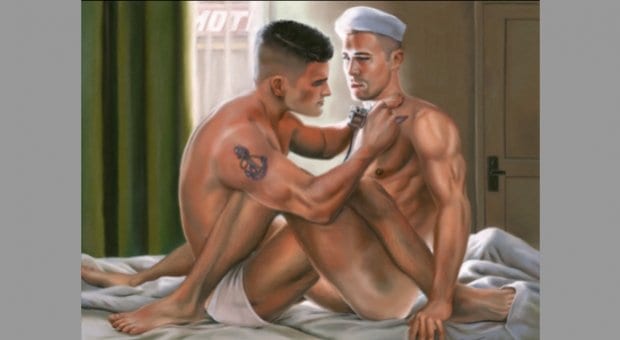
Shore Leave, by Michael Breyette. Credit: Capolavoro
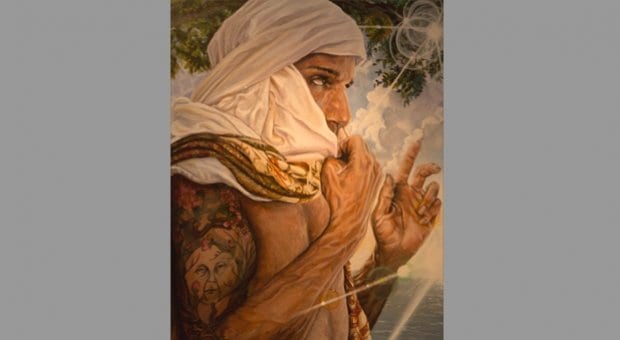
The Prudent Man, by Thomas Acevedo. Credit: Capolavoro
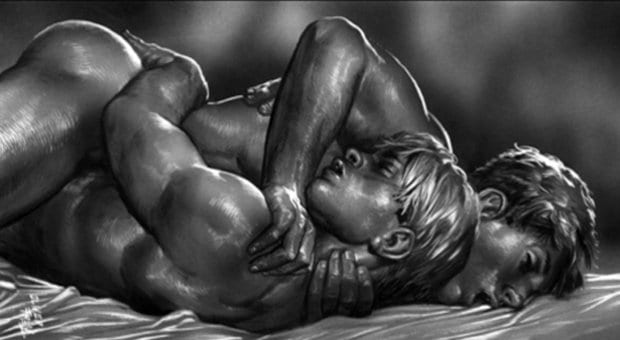
Two Boys in Love, by Oliver Frey. Credit: Capolavoro
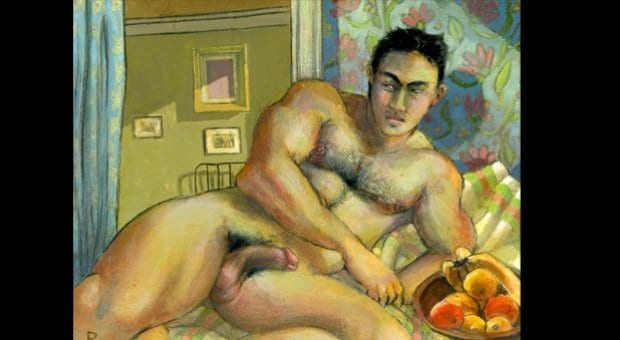
The Blue Room, by Joseph Radoccia. Credit: Capolavoro
Have you ever wanted to flip through a book containing pictures of several hundred dicks? Well now you can — and you can even leave it on the coffee table when company comes over.
Capolavoro Art, a publishing company that markets to collectors and admirers of gay erotic artwork, has collaborated with artists from around the world to create a monumental new book, Capolavoro di Uomo: Masterpiece of Man.
The book features more than 350 pages of gay erotic art created by more than 45 artists. The art styles include oil paintings, digital art, watercolours and sketches.
The book features three Canadian artists — Patrick Fillion, Butch McLogic and Steve Walker, who died in 2012 and is given a special tribute in the book.
“Art of the male nude and especially gay erotic works are often excluded or overlooked by the supposedly ‘enlightened’ art community,” the book’s acknowledgments page reads. “[This book] celebrates the male nude and the tremendous diversity in gay erotic art.”
Xtra spoke to James Kennedy, Masterpiece of Man’s publisher, to get an in-depth look at the book.
Xtra: Where did you get the idea for Masterpiece of Man?
James Kennedy: I knew one of the artists, Michael Breyette, from several years ago. We hadn’t met, but we had talked because I was involved with [publishing another art book] and Michael was included . . . and I never forgot what he said. He said, “You know, I really want to thank you guys for including me because of the artwork and not because of the content.” It always stuck with me.
I ended up talking with Michael and another artist named Robert Roberts [and also Marc Debauch] about this project, who were very instrumental because I asked them, “Who do you think are the best gay erotic artists in the world?” They gave me a list and we went over the list and invited a few people, and then from that I asked those guys who they thought [was the best]. It was very interesting comparing the different lists.
With so many artists to work with, how did you narrow it down? What were you looking for when you looked at the art?
A big question was what is the difference between erotic and pornographic? Eroticism has a lot to do with sensuality, and that was one area. We wanted to make sure we have a diversity of art. [In the book] you can see the classical artwork to the almost comical, animated side . . . it’s interesting: you have people like James Childs, who does portraits of some of the wealthiest families in Manhattan; you have people like Victor Gadino, whose work is out of quite a few celebrity homes. You have somebody like Joe Phillips, who, if you read his bio, works on [comic book] series like Speed Racer. These are very talented men.
[Also] it was the art, how good do we think the art itself is. Then looking at content, realizing not everyone will like every last piece because people have different tastes. I disagreed with certain people in the office, and they disagreed with me on certain things. It all depends on what a person’s taste is.
Did you set any ground rules for the book?
We wanted to publish a book that had not been published before, and we decided a couple of things. First, there would be no photographs — all art. We wanted each artist to have enough space in the book that you could get a real feel for their work, so each artist has eight pages. We wanted you to get a feel for the artist by seeing what each artist looks like, so [we added their picture] and the bio and the artist’s statement. It gives a little more substance in terms of why that artist is doing what they are doing.
Tell us about the Steve Walker tribute.
Originally, the book was to only feature living artists, but Steve Walker had such an influence on the genre. If you talk to the other artists in the book, they’ll say things like, “Steve Walker was the one who made it, so I decided I could use my real name,” “Steve Walker influenced the fact I decided I could really push this genre.” Steve was in so many galleries and [still is] even now. We really loved his work, and so we decided we wanted to include him.
How has the reaction been to the book?
A hundred percent of the people who look at the book love the book. We haven’t had one person who has said, “Oh what a horrible book.” We’ve heard many times that there hasn’t been a book yet that [accomplishes what this one does].
How important is this book?
To me it’s very important that people are not only exposed to a genre, but that they start to discuss it again. In a lot of ways, this genre is trying to come out of the closet again, so to speak. I mean, you’ll have men who say, “I don’t know, can I put this on my coffee table?”
What’s interesting is you can have a female nude hanging in your living room, but if you take a male nude in the same context, the person might be hesitant about putting it up on the living room wall. It’s kind of a double standard there. Then again, if I took the same male nude and told you it was from ancient Greece, now it’s historical, so now it’s okay. It’s kind of strange to me.
The oldest artist in the book is Delmas Howe and he’s 78 . . . he was doing this in the 1960s in New York, and he talks about doing this when being gay was illegal. Listening to those stories is so hard to even fathom at this point. Talking about going down the street and you get arrested . . . It’s very incomprehensible to me in some ways.
At one point the genre was very free, but then there was a more conservative area when it once again became taboo. Now it’s moving back outward. Having a forum is so important because if you didn’t have a forum . . . it’s like gay marriage; if people didn’t talk about gay marriage, it wouldn’t be where it is now.
***
Capolavoro Art is offering Xtra readers 10 percent off the retail price of Masterpiece of Man and a free limited-edition full-colour print featuring four of the images from the book. Go to capolavoroart.com/special to buy the book, or call 757-849-4519.
To view some of the artwork from the book, see the photo gallery at the top of the page.
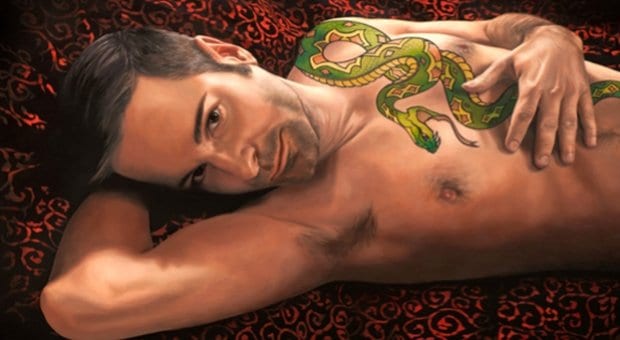

 Why you can trust Xtra
Why you can trust Xtra


